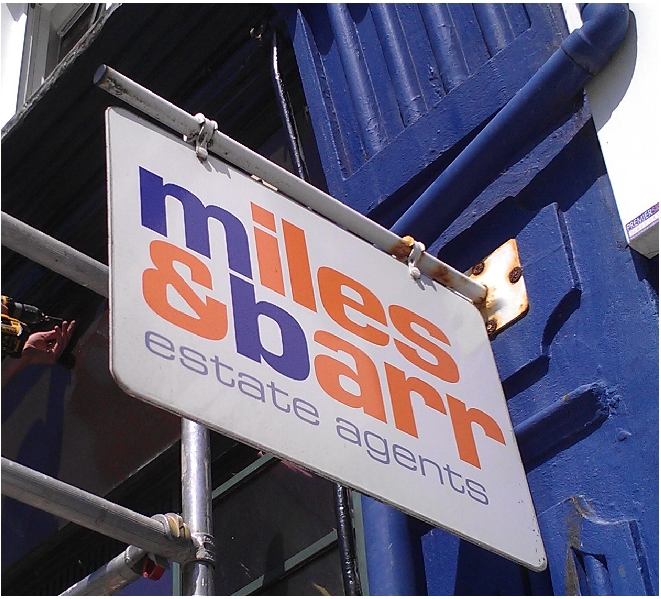Activity Feed › Forums › Sign Making Discussions › General Sign Topics › Projection sign supplier required
-
Projection sign supplier required
Posted by John Harding on July 16, 2012 at 8:25 amHi all
I need to know where I can get either a sign that rotates aroung the projection arm (see pic)
or alternativly one that rotates just below the projection arm on a solid robust hinge
I am not looking for a projection sign on links or chain due to potential high wind area
thanks in advance for any suggestions 😀
John
Stuart Miller replied 11 years, 9 months ago 4 Members · 5 Replies -
5 Replies
-
hi John
the picture shows what is similar to these from Rotosigns
http://www.rotosigns.com/product/brackets-af/I have done quite a few projecting signs this year so far. I am Keswick in the Lake District which also suffers from very high winds.
Most of my customers ask for fixed projecting signs as any moving ones swing about all the time and often create a noise as well as looking not very sturdy.
The more easily they move the more horizantal time they get.My limited experience in working out windloading is that on signs around 1sqm in a 100kph wind it is only a 0.5 KN or so. So as long as your bolts and fixings are all sound for the weight of the sign allow a few KN extra and include that in your Safe Working Load limits (SWL usually 1/5 break/failure limit) on the brackets and it should be fine. So the windloading will not add a significant amount to worry about bringing the sign down. (Anyone able to correct me if I’m working this out wrong ?).
The general formula for drag from wind resistance is:
Fd = (rho * v² * A * Cd) / 2.0.
Where Cd is the object’s drag coefficient, which depends on the shape of the object (usualy assumed to be about 1.17-1.28 for a flat plate), rho is the density of the medium (air in this case , which is 1.293 kg/m^3), A is the frontal surface area, and v is the velocity of the wind.
Most of the other projecting signs in the town are fixed so I have started fixing all mine nowadays so they don’t swing. This then makes the wear and tear on the brackets & links far less.
-
The only problem I’ve seen with that type is if too tight then when the wind dies down the sign is left sitting at 45 degrees or how ever high it blew during the winds as is too tight to swing back down. Make it too loose and then it just swings anyway. Go rigid or go swing, the middle ground doesn’t work too well IMHO
Warren
-
Thanks all for your input any other suppliers???
the rotosigns looks a bit cheap and cheerful, would like somthing a step up in class please 😀
john
-
quote John Harding:Thanks all for your input any other suppliers???
the rotosigns looks a bit cheap and cheerful, would like somthing a step up in class please 😀
john
Agreed. That is why most use Snap links, maillons, shackles or chains as these are sturdy usually tested to a particular strength and still allow the sign to swing freely in the wind (if you want it to swing at all).
Not sure of your basis for not using these Links John?
Log in to reply.



